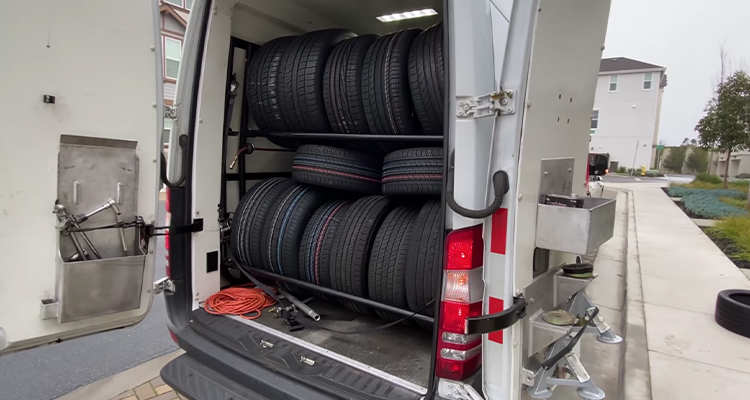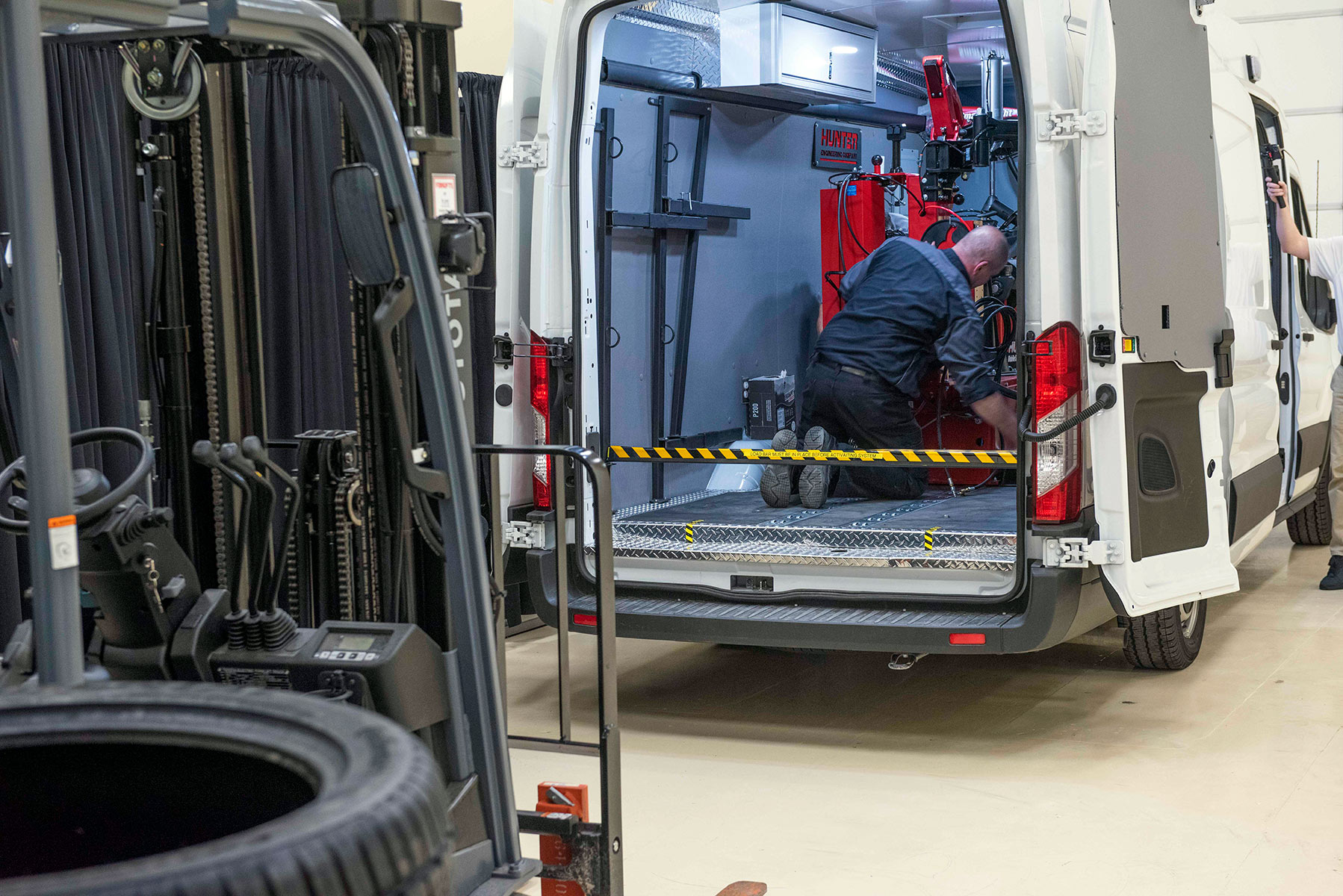Emergency Situation Mobile Tire Service Available in Las Vegas
Emergency Situation Mobile Tire Service Available in Las Vegas
Blog Article
Tire Service: Proven Techniques for Ideal Tire Maintenance and Treatment
Keeping optimal tire problem is vital for both safety and efficiency of any kind of vehicle. From guaranteeing appropriate tire pressure to routine turning and alignment, there are tried and tested techniques that can considerably extend the life-span of your tires and improve overall driving experience. As we check out the ins and outs of tire treatment and upkeep, we will uncover important guidelines that every lorry owner must stick to for the very best possible results. Let's explore the world of tire solution and find the secrets to keeping your tires in superior shape for the lengthy haul.
Importance of Tire Pressure
Proper tire pressure is an essential consider making certain ideal automobile efficiency and safety and security on the road. Maintaining the recommended tire stress degrees supplied by the maker supplies numerous advantages. Sufficient tire pressure advertises better gas performance, as under-inflated tires can lead to enhanced rolling resistance, causing the engine to work harder and take in even more gas. Proper tire stress makes sure also step wear, improving tire durability and conserving money in the long run by postponing the need for early replacements. In addition, correctly pumped up tires contribute to improved handling and braking capacities, vital for safe driving in numerous road problems. Over-inflated tires, on the other hand, can lead to lowered grip and a harsher adventure. On the other hand, under-inflated tires are prone to getting too hot, which can result in blowouts and accidents. On a regular basis checking and changing tire pressure, especially eventually trips, is an easy yet efficient way to improve automobile efficiency, extend tire life expectancy, and focus on safety on the road.
Tire Turning Standards
When considering tire rotation standards, it is crucial to recognize the value of this maintenance task in making the most of tire lifespan and preserving optimal lorry efficiency. Tire rotation entails altering the placement of each tire on a vehicle to make certain even step wear. Front tires often tend to wear more swiftly than rear tires due to steering forces, making regular rotation essential for well balanced wear patterns. The advised turning pattern differs depending upon whether an automobile is front-wheel, rear-wheel, all-wheel, or four-wheel drive. Usually, tires ought to be rotated every 5,000 to 7,500 miles, or as advised in the vehicle guidebook. Disregarding tire turning can result in uneven wear, influencing handling, traction, and potentially compromising vehicle safety and security. By sticking to appropriate turning guidelines, drivers can expand the life of their tires, enhance fuel effectiveness, and enhance total driving experience. Routine rotation is an easy yet effective upkeep method that adds dramatically to tire durability and vehicle efficiency.

Benefits of Wheel Positioning
Making certain correct wheel alignment after tire turning is crucial for keeping well balanced wear patterns and optimizing lorry efficiency. Furthermore, appropriate wheel alignment helps to expand the life-span of your tires. Misaligned wheels can trigger unequal tire wear, leading to premature tire substitute and raised maintenance costs.

Tire Footstep Deepness Check
Performing a normal examination of tire tread depth is necessary for keeping safe driving conditions and extending the life-span of your tires. The step on your tires plays a vital function in giving grip, especially in wet or slippery problems. To inspect your tire step deepness, you can make use of a tread depth gauge or the cent test. The recommended tread depth is at least 2/32 of an inch. It is time to change your tires to make certain optimum efficiency and safety and security on the roadway if the step deepness is listed below this limit. Unequal walk wear can suggest problems with tire suspension, pressure, or placement, highlighting the value of routine walk deepness checks. Disregarding to check and keep appropriate walk depth can lead to reduced grasp, longer stopping distances, and an increased threat of hydroplaning. By including tire step depth explore your routine upkeep timetable, you can drive with self-confidence recognizing that your tires are in top problem.
Seasonal Tire Assessment
Seasonal tire inspection is an essential aspect of tire maintenance that ensures tires are ready to deal with useful site the obstacles postured by various weather conditions. In prep work for winter, it is essential to check the tire stress consistently as cold temperature levels can cause tire pressure to go down. By carrying out routine seasonal tire assessments, vehicle drivers can lengthen tire lifespan, enhance gas performance, and most significantly, guarantee a secure driving experience in differing weather condition conditions.
Verdict
In verdict, keeping proper tire stress, turning tires consistently, aligning wheels properly, keeping an eye on tread deepness, and carrying out seasonal inspections are important practices for optimum tire treatment. By adhering to these verified techniques, vehicle drivers can ensure their tires last longer, do click now much better, and add to overall automobile safety. It is very important to focus on tire upkeep to avoid crashes, boost fuel efficiency, and lengthen the lifespan of tires.
Sufficient tire stress advertises better gas performance, as under-inflated tires can lead to enhanced rolling resistance, triggering the engine to function tougher and take in more gas.When thinking about tire rotation standards, it is vital to understand the importance of this upkeep job in optimizing tire life-span and maintaining optimal automobile efficiency. Seasonal tire examination is a fundamental aspect of tire maintenance that makes certain tires are prepared to face the challenges presented by different climate problems. By conducting routine seasonal tire evaluations, vehicle drivers can prolong tire lifespan, enhance fuel efficiency, and most importantly, ensure a protected driving experience in differing climate conditions.
In conclusion, maintaining proper tire pressure, turning tires frequently, lining up wheels properly, keeping an eye on i loved this walk depth, and conducting seasonal inspections are essential practices for optimum tire treatment.
Report this page